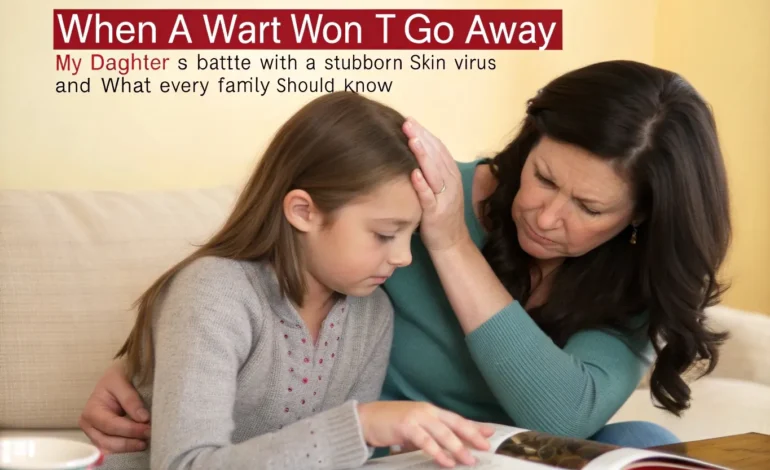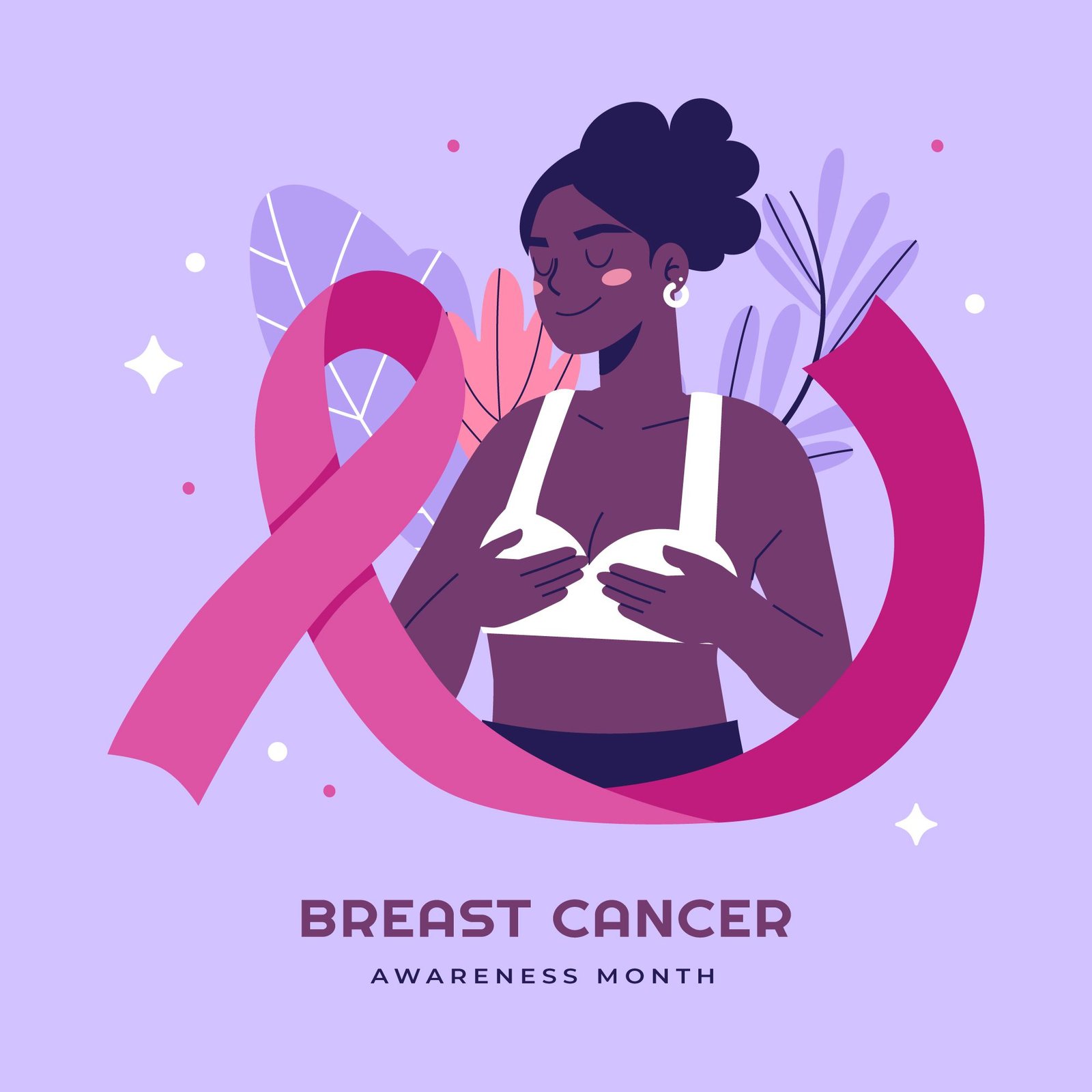When a Wart Won’t Go Away: My Daughter’s Battle With a Stubborn Skin Virus and What Every Family Should Know
Warts are common, contagious, and tough to treat. Learn how one family managed a stubborn wart, the best treatments, and how to stop it from spreading.

It started as a small bump on the side of my daughter’s foot—nothing alarming at first. She’s 15, athletic, and spends hours at school playing volleyball on the gym floor. At first, we thought it was a callus. Then it hardened. Then came the tiny black dots.
After a quick online search and a trip to the pharmacist, we confirmed it: she had a wart.
Like most parents, I assumed we’d knock it out quickly with some over-the-counter remedies. But that’s when we entered the frustrating world of stubborn warts—one that’s more common than I ever imagined.
Warts: How Common Are They?
Before diving into treatments, I needed to understand what we were up against. The numbers surprised me:
- 10% of the global population has warts at any given time
- Among kids and teens, the rate jumps to 10–20%, especially those active in sports
- Plantar warts, like my daughter’s, are especially common in athletes due to their time on locker room floors, mats, and shared showers
- Even adults aren’t exempt—up to 5% of adults develop warts each year, though their stronger immune systems fight them off more easily
In other words, this wasn’t a freak occurrence. Warts are one of the most common viral skin conditions in the world.
What Exactly Is a Wart?
A wart is caused by the human papillomavirus (HPV), which enters the skin through small cuts or abrasions. Once inside, the virus hijacks skin cells, causing them to grow rapidly in a rough, raised area. The result? A wart—typically painless at first, but increasingly annoying and stubborn.
Warts are not dangerous, but they are highly contagious and incredibly persistent.
Can It Spread?
Yes. Easily.
HPV can be transmitted:
- Through direct skin-to-skin contact
- Via shared items like towels, socks, razors, and gym equipment
- On bathroom and locker room floors, especially when barefoot
- By scratching or picking at the wart, which can spread the virus to other parts of the body
That meant we needed to protect the rest of the family, fast.
How We Tried to Treat It
We started with what most people do:
- Salicylic Acid Pads & Gels: These slowly break down the wart tissue. We used them daily for weeks.
- Over-the-Counter Freezing Kits: Cryotherapy from the drugstore promises to “freeze the wart off.” It stung, but did little.
- Bandages and Padding: To reduce friction and prevent spreading, we kept it covered 24/7.
Despite our efforts, nothing worked. The wart didn’t grow—but it didn’t shrink either.
Read About: Moles: What Your Skin Might Be Trying to Tell You — And When to Pay Attention
What Are the Little Black Dots?
The tiny black spots inside the wart looked like dirt. But according to dermatologists, they’re actually clotted capillaries—tiny blood vessels that feed the wart. It’s one of the hallmark signs of a common wart and not a sign of infection.
When those black dots disappear, along with the rough surface, it’s a good sign the wart is dying off.
Natural Remedies: What the Internet Recommends
Out of curiosity—and mild desperation—we explored natural wart remedies. Here’s what came up repeatedly:
- Apple Cider Vinegar: Apply with a cotton ball and cover it nightly. It’s acidic and may help exfoliate wart tissue.
- Duct Tape Occlusion Therapy: Surprisingly backed by some studies, this method involves sealing the wart off from air to suffocate it.
- Tea Tree Oil: Antiviral and antibacterial. Apply daily, but watch for skin irritation.
- Crushed Garlic: An old folk remedy that may boost immune response on the skin.
Did we try these? Yes. And while they didn’t deliver instant results, some people report success over time. Just be cautious and consult a doctor if irritation worsens.
How to Prevent Warts From Spreading at Home
We immediately made wart control a household mission. Our doctor suggested the following:
- Keep the wart covered with a bandage at all times
- Disinfect shower floors and shared surfaces regularly
- Wear socks or flip-flops—no bare feet
- Assign separate towels for each family member
- No picking or scratching—it’s the #1 way the virus spreads
- Boost immune health with good sleep, nutrition, and hygiene
When Is It Time to See a Doctor?
After six weeks of over-the-counter treatment, we’re now booking a dermatologist appointment. That’s the standard advice when:
- The wart isn’t shrinking after 4–6 weeks
- It’s painful, growing, or multiplying
- You’re unsure if it’s a wart or something else
- The person affected has a compromised immune system
Professional options include:
- Stronger cryotherapy (liquid nitrogen)
- Laser treatment
- Minor surgical removal (curettage)
- Prescription topical medications that stimulate the immune system
How Do You Know When a Wart Is Gone?
We learned that a wart is likely gone when:
- The skin looks flat and normal again
- There are no black dots
- There’s no pain when pressing on it
- There’s no sign of regrowth after several weeks
But here’s the catch: HPV can linger under the skin, even when the wart is gone. That’s why we’re keeping up the preventive hygiene until we’re sure.
My takeaway
What I thought would be a quick trip to the pharmacy turned into a months-long lesson in patience, persistence, and prevention. As a parent, watching your teen deal with the embarrassment of a wart—especially one they can’t hide—is tougher than you’d expect.
Warts are common, stubborn, and yes, frustrating. But with the right knowledge, consistent care, and professional support, they can be treated and managed effectively.If you’re going through it too, just know this: you’re not alone, and it will get better.








